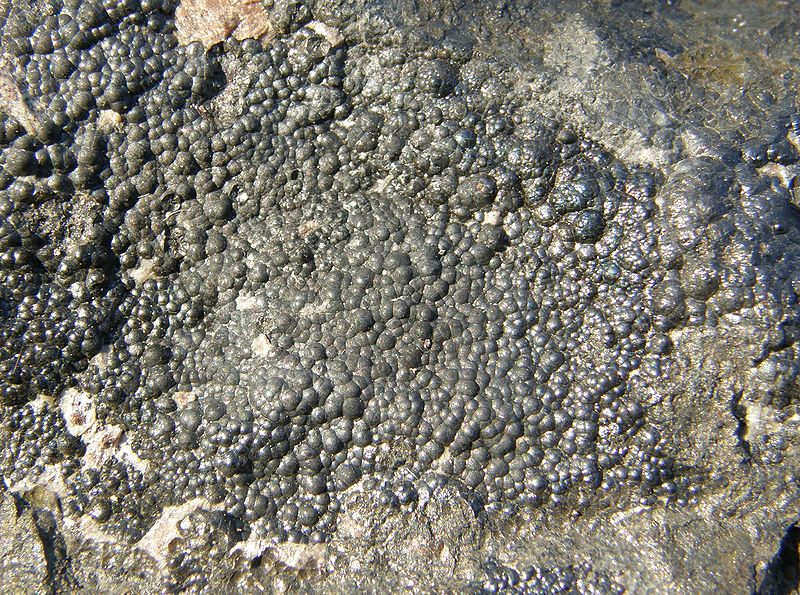Uranium is a very common element present in greater quantities than silver. The term “clarke” refers to the average concentration of a particular element in the Earth’s crust. The clarke of uranium is about 4 parts per million while the clarke of silver is about 1 part per million, the clarke of aluminum is 82,000 parts per million and iron is 63,000 parts per million.
The term “ore” refers to a mineral deposit which contains a sufficient concentration of a valuable metal to make extraction of that metal profitable. Mineral are formed by geological processes. The four processes that are the most important for formation of uranium minerals are:
- The accumulation of uranium ores by tiny flakes pickup up as rain water runs off the land into a body of water when the flakes settle into of sedimentary deposits. When the body of water disappears, the soft sediment eventually become solid rock.
- After sedimentary deposit, there are changes in the distribution of particular elements referred to as “diagenesis.” These are low temperature low pressure changes as the sediment is compressed, liquids are squeezed out, chemicals precipitate out of solution. Oxygen in the sediment may combine with uranium forming oxides.
- “Magmatic segregation” is a process in which minerals become locally concentrated during the circulation, cooling and crystallization of molten rock. As the molten rock cools, different minerals solidify at different temperatures. Then they may move up or down based on their density.
- During “hydrothermal circulation”, water penetrates down rock and then is moved back up out of the rock by a source of heat such as underlying magma. As the water rises it carries minerals out of the rock it is moving through and ultimately deposits those minerals.
In Gabon, in Africa, a combination of these processes concentrated uranium to the point where a natural “reactor” was formed that generated heat for hundreds of thousands of years. J. Marvin Herndon has a theory that there is a natural nuclear fission “georeator” driven by an accumulation of uranium at the Earth’s core. He believes that this reactor is responsible for the magnetic field of the Earth that permits life to exist.
Most known uranium deposits formed near areas that experienced volcanism and intrusions of magma. Although uranium is present in many minerals, the quantities are too small to make extraction profitable. Concentration is the most important qualification for a commercial ore. The two most concentrated uranium minerals are pitchblende and uraninite which can contain up to 85% uranium. Carnotite, torbernite, tyuyamunite, autunite, uranophane, and brannerite uranium minerals that may contain up to 60% uranium. In addition to concentration, a good ore must have uranium that is not bound up in a complicated chemical compound that would make it difficult to extract. The distribution of the uranium through the mineral deposit is also important. If it is too sparse in the deposit, then that deposit would not make a good ore.
Uranium may be present in throughout the crust of the earth and may be found in many minerals but deposits of commercial grade uranium ores are not all that common and are highly sought after.
Picture of pitchblende by Geomartin:
